
Document Classification lupon.gov.ph
Materials Scientists and Engineers generally classify the materials that make up our world and everything around us into four major categories; metals, polymers, ceramics, and composites. Most people recognize metals, for example, as lustrous elements that are good conductors of heat and electricity.
CLASS NOTES The Six Categories of Engineering Materials (Materials Science 10 Things Every
Abstract and Figures. Smart materials are common name for a wide group of different substances. The general feature of all of them is the fact that one or more properties might be significantly.

SOLUTION Classification of Engineering Materials Discussion Studypool
Classification Of Engineering Materials, And Their Properties A] Material classification: There are different ways of classifying materials. One way is to describe five groups or families: 1. Metals and alloys; 2. Ceramics 3. glasses 4. Polymers (plastics); 5. Semiconductors 6. Composite materials 1- Metals and Alloys:

Classification Of Materials And Ceramics 2 Download Scientific Diagram Gambaran
Chapter 1:Classification of Materials. 10 1.2.3.(B ) Nanoengineered Materials Until very recent times the general procedure utilized by scientists to understand the chemistry and physics of materials has been to begin by studying large and complex structures, and then to investigate the fundamental building blocks of these structures that are.

Classification of materials [1] Download Scientific Diagram
CLASSIFICATION OF MATERIALS Materials can be classified based on its conductivity property as 1.Conductor : material through which electric current can pass.. Are the materials that partially conduct and partially does not conduct. Silicon and Germanium are best examples. Electronic devices like p-n diode, zener diode bipolar junction.

Classification of materials Download Scientific Diagram
PDF | Nano materials can be classified dimension wise into following categories. | Find, read and cite all the research you need on ResearchGate. Classification of Nanostructured Materials.

(PDF) Ceramic Materials Science & Engineering (Part 1 Classification & Application)
A material is isotropic ifits properties are independent of the orientation, they do not vary with direction. Otherwise the material is anisotropic. A general anisotropic material has no planes or axes of material symmetry, but in Sect. 2.1.3 some special kinds of material symmetries like orthotropy, transverse isotropy, etc., are discussed in.

Classification of Engineering Materials Explained in English and Hindi. YouTube
classification. " Primary Raw Materials " are substances obtained directly from nature by. extracting natural deposits, "S econdary Raw Materials " are reused "Materials". Any raw.
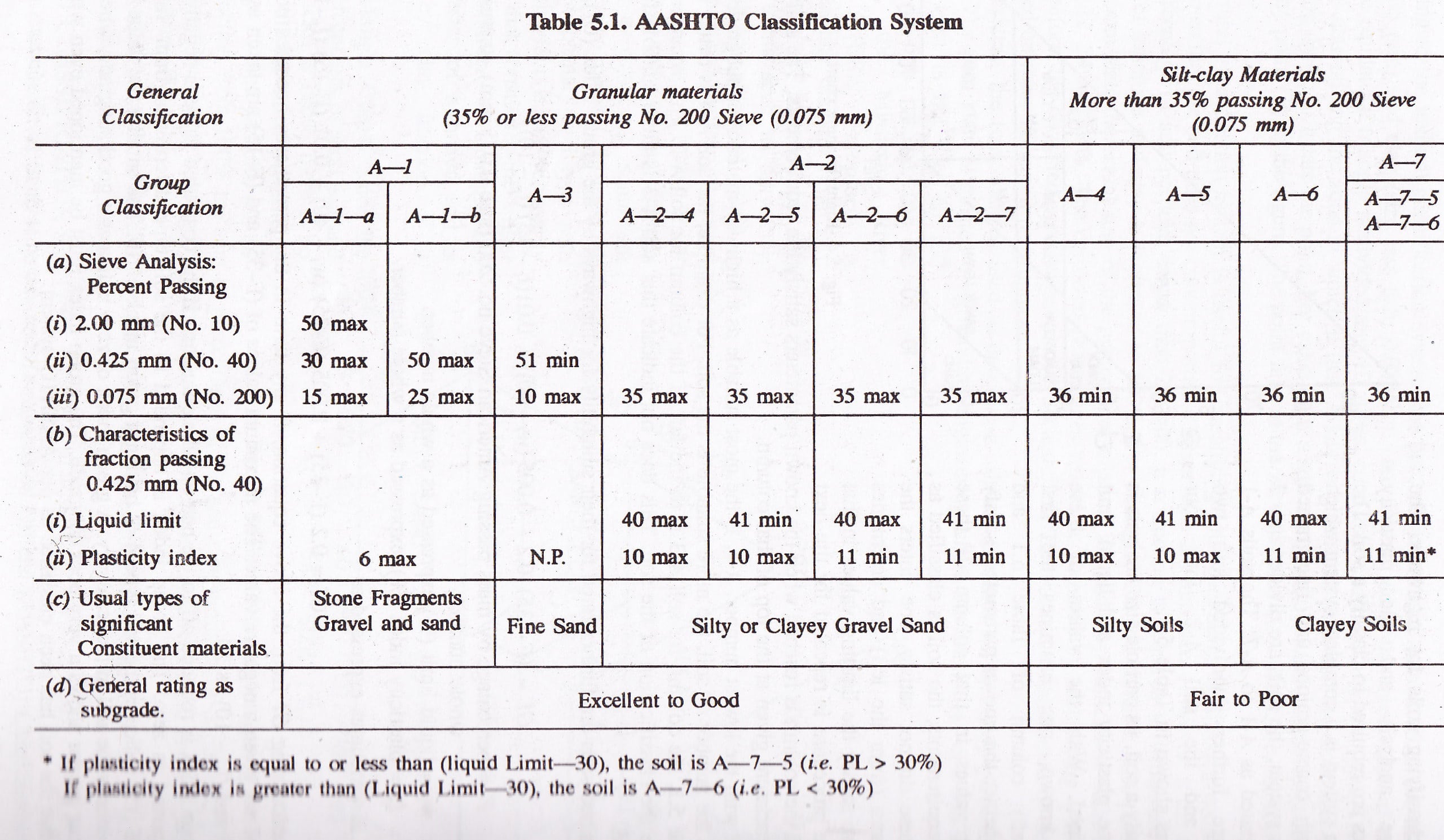
Aashto Classification Chart
bonding forces of a particular material. These three classifications are metallic, ceramic and polymeric. Additionally, different materials can be combined to create a composite material. Within each of these classifications, materials are often further organized into groups based on their chemical composition or certain physical or mechanical
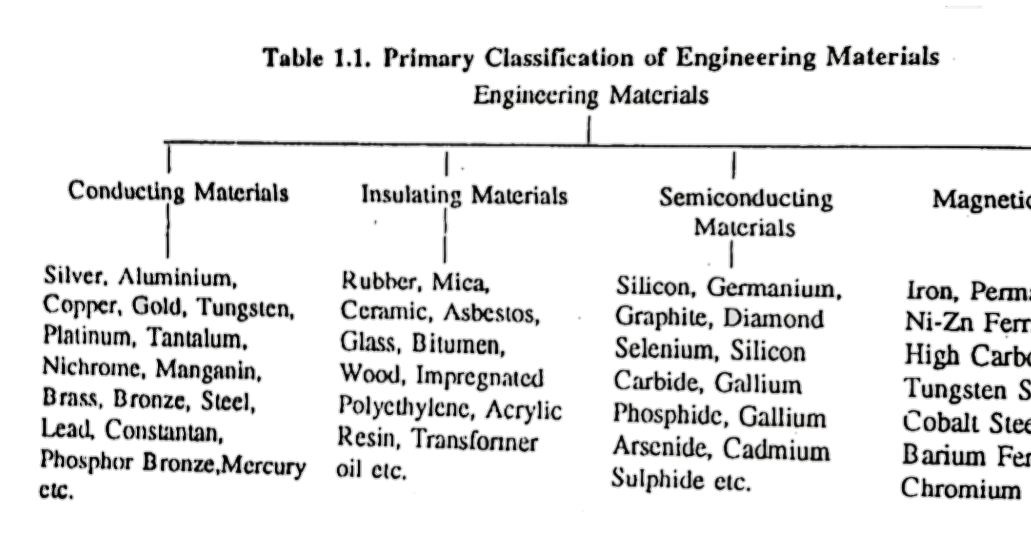
Classification of Materials Way to Polytechnic
A simple classification of materials can be done according to where the inaterials originate. We use materials whicli originate froin trees and plants. Examples are cotton, jute, rope as well as artefacts made from leaves such as the traditional eating plates. We also use materials such as leather, milk, silk etc. which have an animal or living.
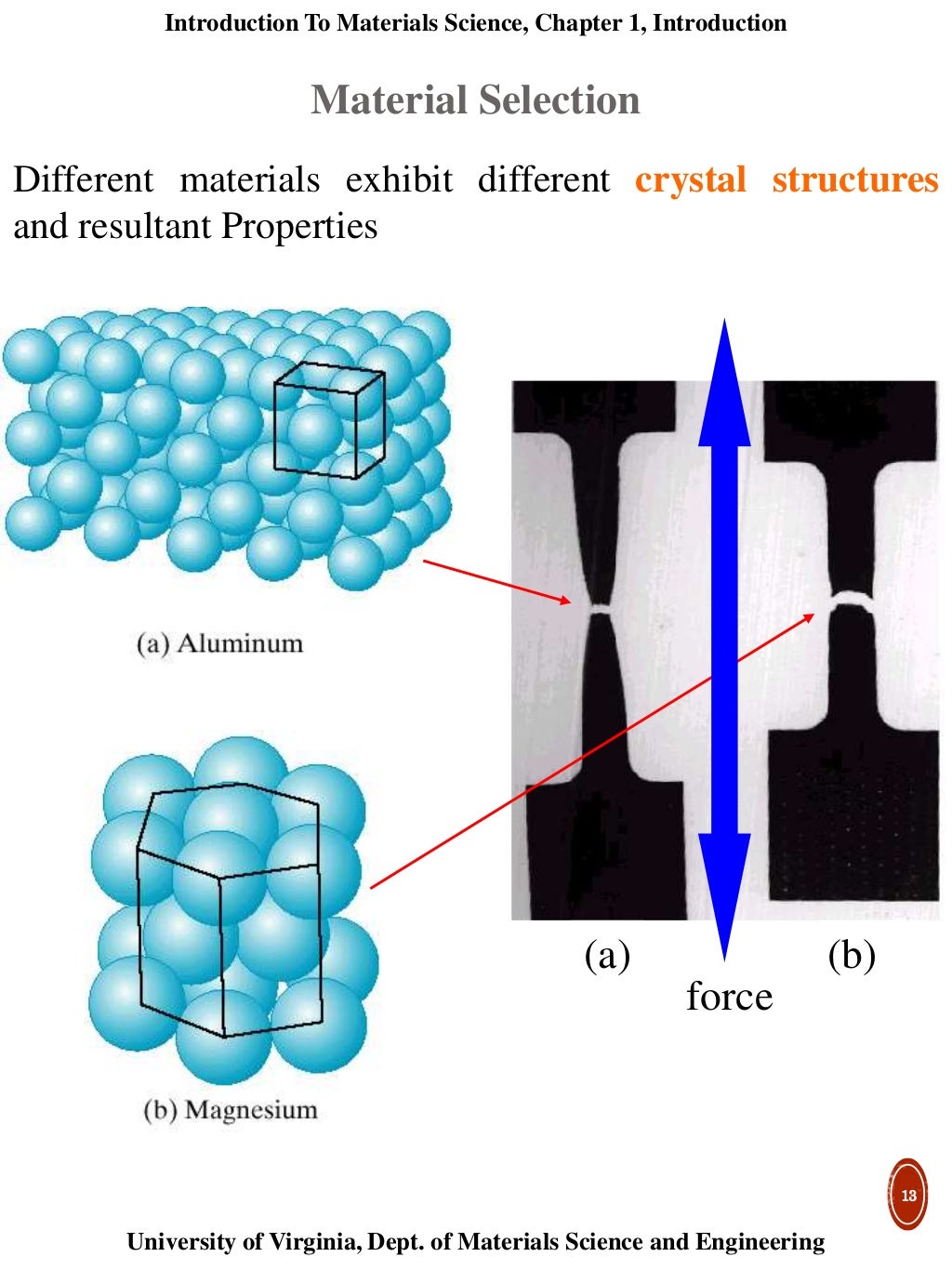
Classification of materials
Physical properties are characteristics that describe matter. They include characteristics such as size, shape, color, and mass. Many of these properties can be quantitative in nature. For example, quantitative physical properties of water would be the boiling point (100 °C / 212 °F) and melting point (0°C / 32 °F).
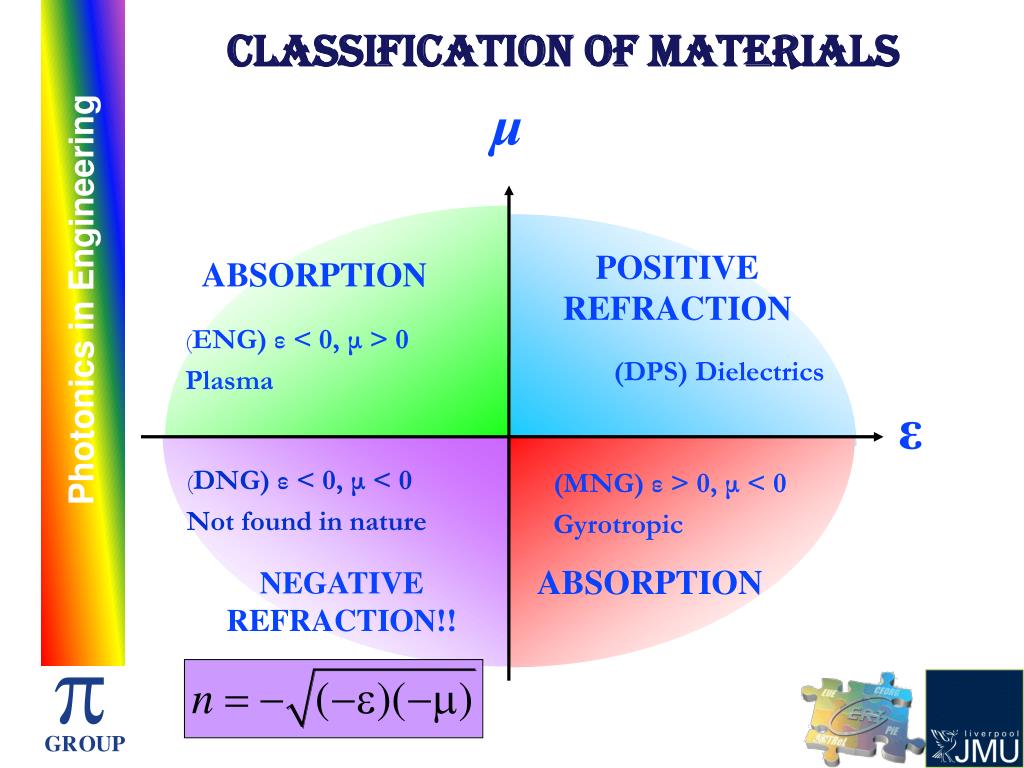
PPT Metamaterials PowerPoint Presentation, free download ID3375366
There are three general classification for materials The one as follows Materials Struactural functional Functional Classification of Materials 1- Aerospace Biomedical 3- Electronic Materials Energy Technology and Environmental Technology Magnetic Materials 6- Photonic or Optical Materials Smart Materials 8- Structural Materials

Classification of Materials PDF
PDF | On Oct 4, 2017, Hassan K. Juwhari published Classification of Materials - Part One | Find, read and cite all the research you need on ResearchGate

(PDF) CLASSIFICATION OF MATERIALS
The engineering materials can broadly be classified as: a) Ferrous Metals b) Non-ferrous Metals (aluminum, magnesium, copper, nickel, titanium) c) Plastics (thermoplastics, thermosets) d).

Classification of Materials Way to Polytechnic
Classifying Matter. When classifying matter, the material under investigation may be reduced to its atomic structure. The atom is the most basic structure of the material which may be viewed as the element of the material. Copper (Cu), oxygen (O), and tin (Sn) are examples of elements. Combining of elements is a result of bonding covalent.
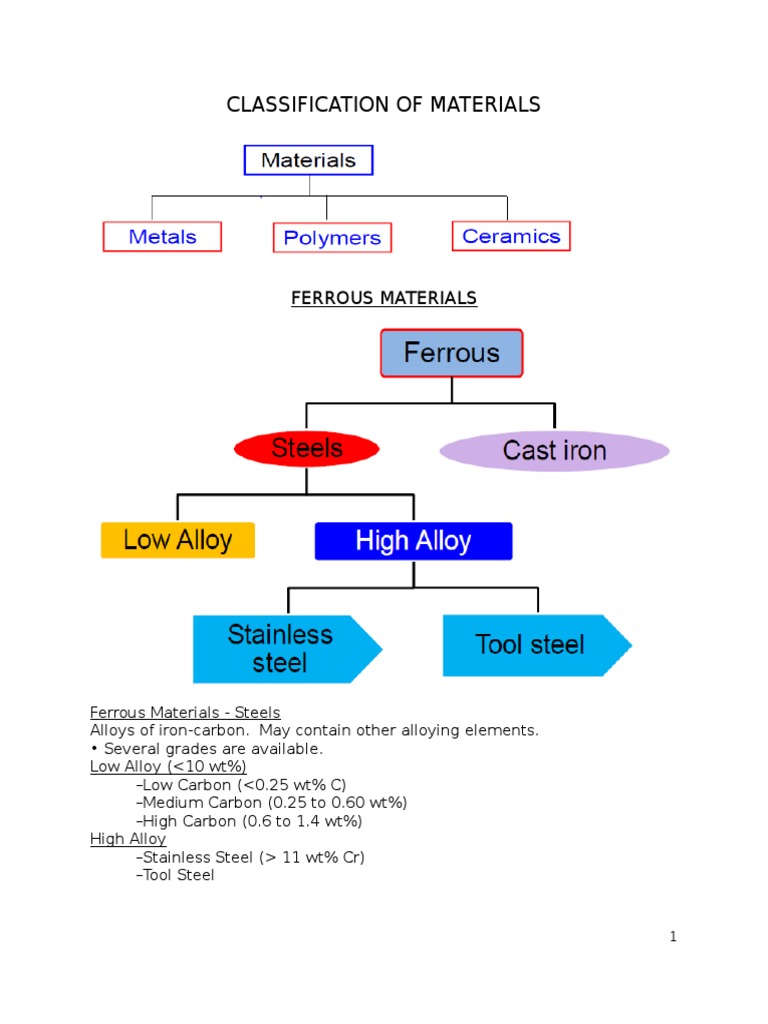
Classification of Materials Notes Steel
Microsoft Word - MATERIALS DATA _2003_ version 3.doc. 2. V. CLASSIFICATION AND APPLICATIONS OF ENGINEERING MATERIALS. Metals: ferrous alloys, non-ferrous alloys. Polymers and foams. Composites, ceramics, glasses and natural materials. VI. EQUILIBRIUM (PHASE) DIAGRAMS. Copper - Nickel.